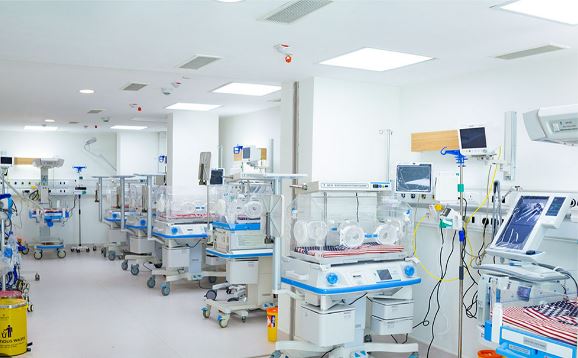
By Chioma Obinna
Despite a 40 percent decline in maternal deaths between 2000 and 2023, the African region still accounts for a staggering 70 percent of all maternal deaths worldwide, according to new estimates released by the United Nations Maternal Mortality Estimation Interagency Group.
The report, published to mark World Health Day 2025 under the theme “Healthy Beginnings, Hopeful Futures,” underscores the urgent need for accelerated efforts to prevent these largely avoidable deaths and improve long-term outcomes for women and newborns.
While the African region has shown commitment to improving maternal and newborn health, the pace of progress remains alarmingly slow. Maternal mortality in the region declined from 727 to 442 deaths per 100,000 live births between 2000 and 2023. However, to achieve the Sustainable Development Goal (SDG) target of fewer than 70 maternal deaths per 100,000 live births by 2030, the rate of reduction must increase twelvefold.
“At the current annual reduction rate of just 2.2 percent, projections indicate nearly 350 maternal deaths per 100,000 live births in the region by 2030 — five times the SDG target,” the report warned.
The situation is equally concerning for newborns. While stillbirth and neonatal mortality rates have decreased by 30 percent and 33 percent respectively since 2000, sub-Saharan Africa still bears a disproportionate burden — accounting for 47 percent of global stillbirths and 46 percent of newborn deaths. Current trends suggest the region could have a neonatal mortality rate nearly double the SDG target of 12 deaths per 1,000 live births by 2030.
Reacting to the report, Acting WHO Regional Director for Africa, Dr. Chikwe Ihekweazu, stated:
“In too many places, pregnancy and childbirth are still life-threatening events. But it doesn’t have to be this way. Every dollar invested in maternal and newborn health delivers major returns — healthier families, stronger societies, and sustainable economic growth.”
The report identified major barriers to progress, including inadequate funding, weak governance, shortages of healthcare professionals, and recurring crises such as disease outbreaks and armed conflicts. These challenges disproportionately affect vulnerable populations in fragile and crisis-affected regions.
The primary causes of maternal deaths in the region — haemorrhage, hypertensive disorders, infections, unsafe abortions, and obstructed labour — are largely preventable or treatable with timely access to quality care. Similarly, preterm births, childbirth complications, sepsis, neonatal infections, and congenital anomalies remain the leading causes of newborn deaths.
The World Health Organization (WHO) is actively supporting countries in the region through various initiatives. These include the implementation of maternal and newborn health acceleration plans, updated antenatal and postnatal care guidelines, expanded access to emergency obstetric services, and efforts to increase the number of skilled birth attendants.
Encouragingly, over 60 percent of countries in the African region now report that more than 80 percent of births are attended by skilled health personnel — a significant improvement from just 28 percent in 2010. However, disparities remain, particularly in rural and conflict-affected areas where access to quality care is still critically lacking.
World Health Day 2025 marks the beginning of a year-long global campaign aimed at mobilizing investment and building momentum to improve maternal and newborn health. Through stronger partnerships, greater accountability, and bold leadership, WHO and its partners hope to create a future where no woman dies while giving life — and every child has a chance to survive and thrive.
The post World Health Day: Africa still accounts for 70% of global maternal deaths appeared first on Vanguard News.








